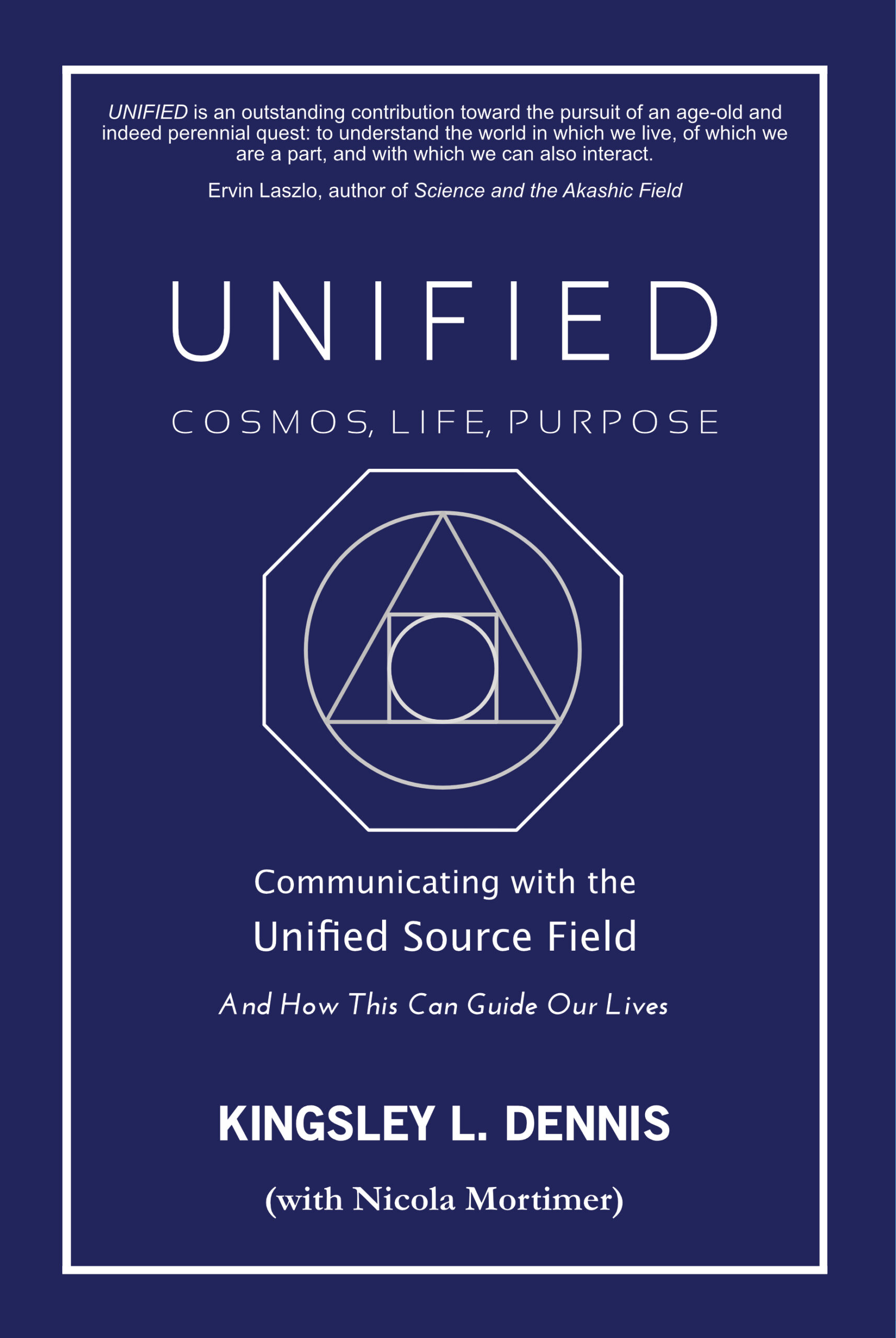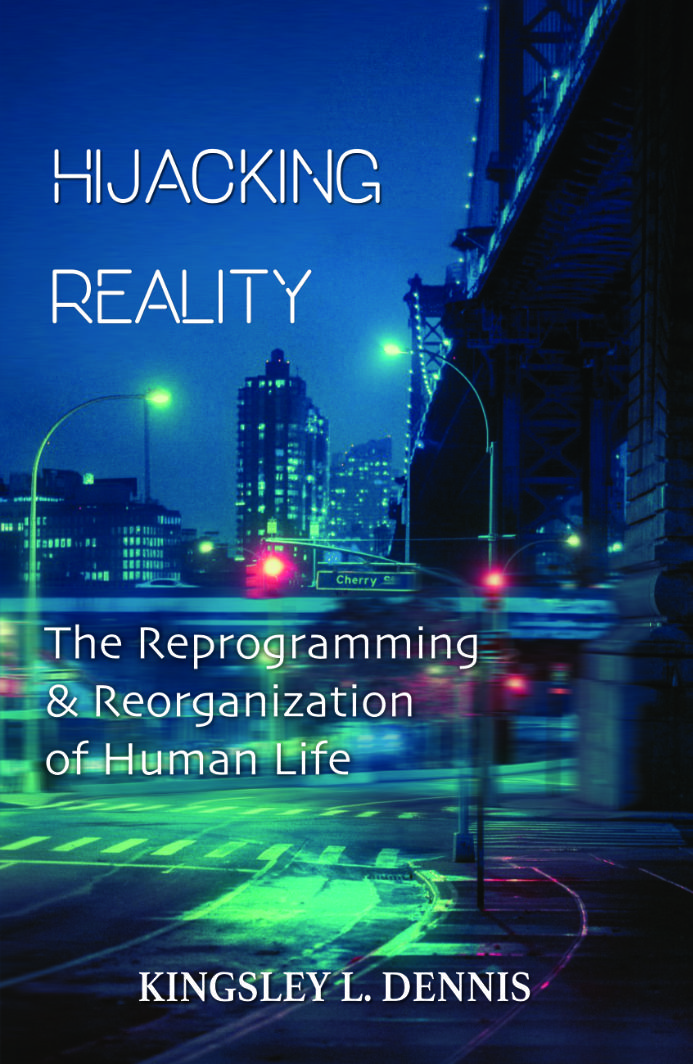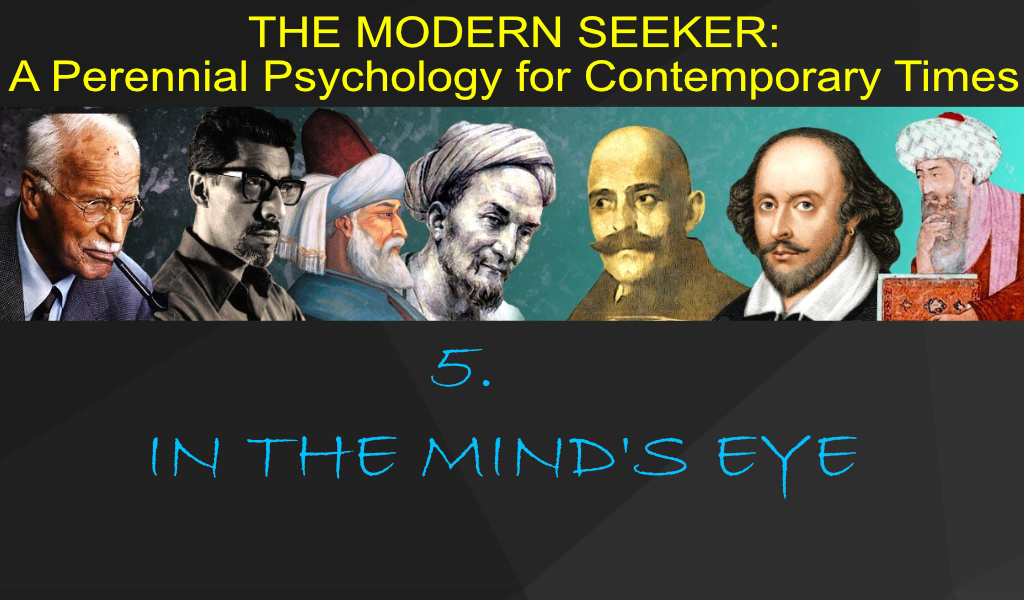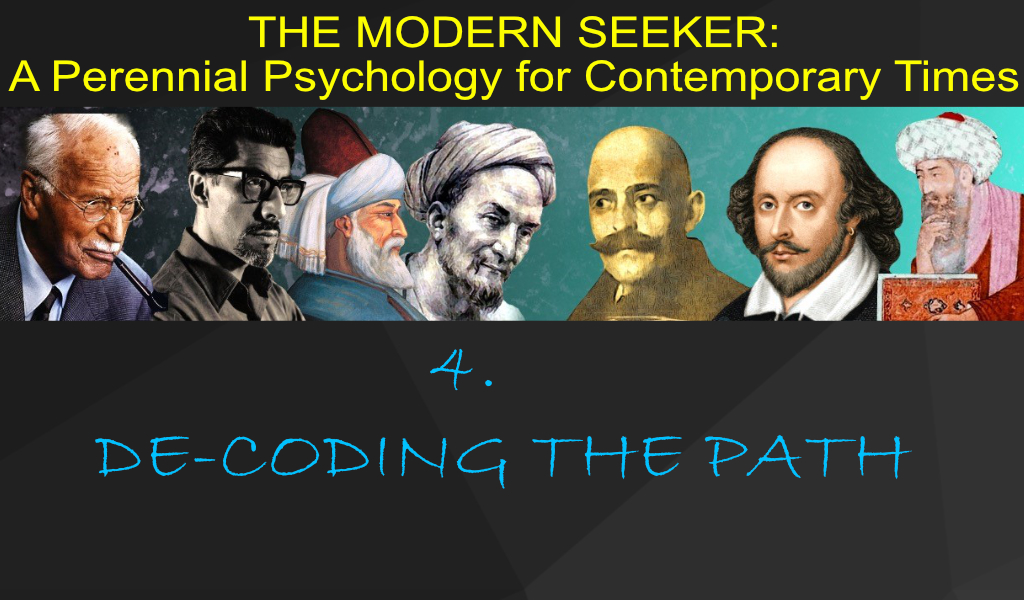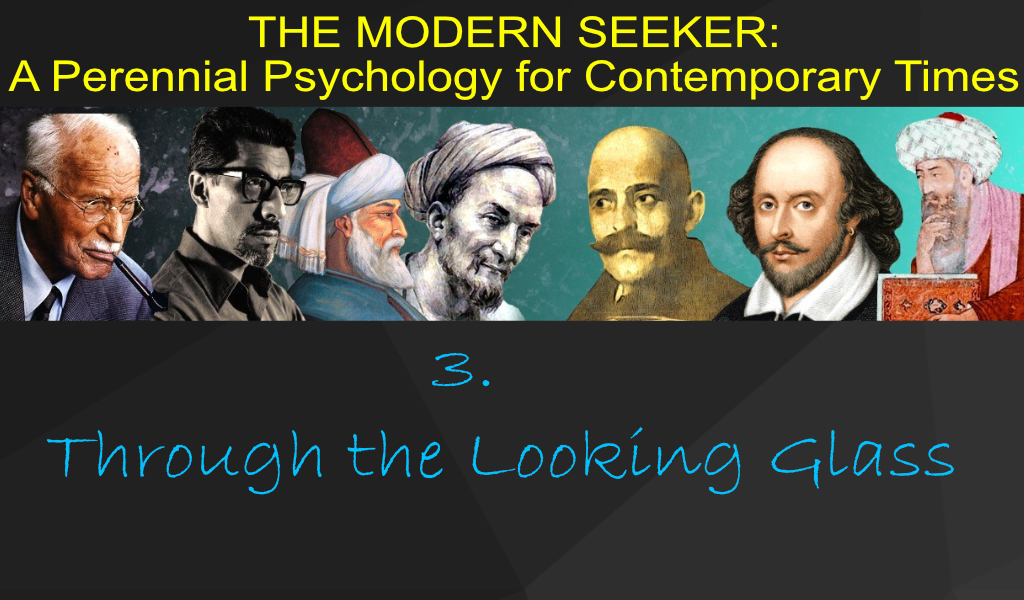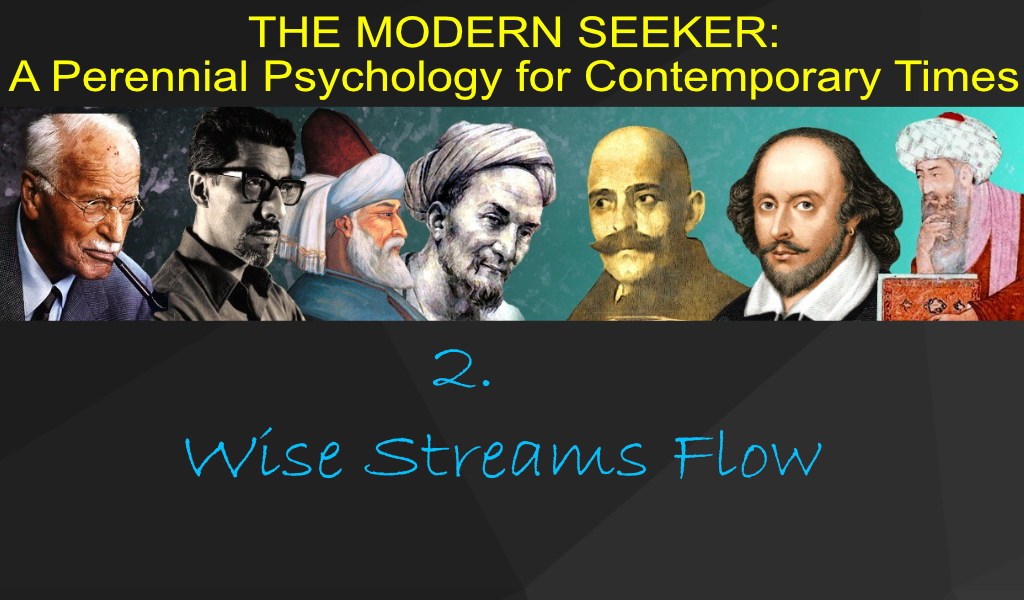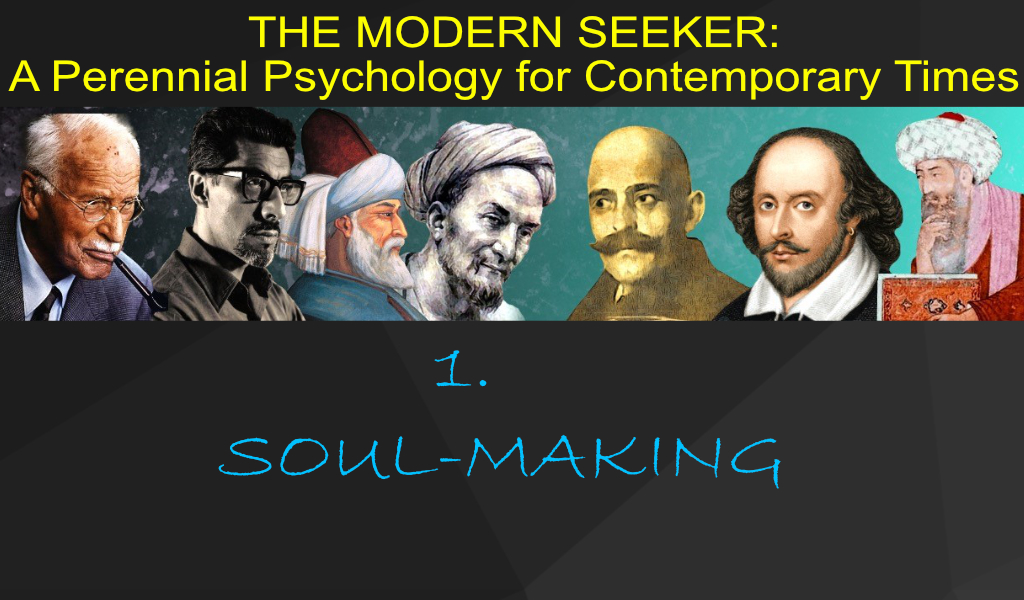The world is awash with grand announcements of spiritual rebirth, Armageddon scenarios, and self-help commercialism that are forming a global skin that circumscribes our entire mental world. Political theorist Benjamin Barber has noted that the commercialism behind the global takeover of the mental sphere amounts to a kind of “default totalitarianism.” If we are not careful, then emerging pockets of positive change are in danger of being consumed by a cultural-social environment where platitudes are taken as profundities. Social critic Morris Berman, writing more than a decade ago, noted that ‘”‘Thinking’ now means nothing more than wandering through the latest mental theme park.” The “theme park” is in full swing because our interconnected societies are passing through a period of deep uncertainty. It is a time when the “central core” finds itself vulnerable to the periphery. That is, the consolidated structures of control are seeing disruptive elements emerging to help bring in a new model more appropriate for the next phase. Rather than have sudden collapses, what we have are transformational patterns in which the fragments of the old civilization persist alongside the emergence of the new one. Yet within these “transformational patterns” are the windows of opportunity for the soothsayers, false prophets, gurus, and self-appointed “spiritual” teachers to take advantage of the increased sense of dislocation and fluidity. There is often a fine line, yet an important one, between becoming empowered, and being pacified and mollified. The status quo loves nothing more than to consume the pacified that are now more comfortable with the situation. However, until the mass at the periphery shift toward the core, the forces that foster social conformity will co-opt these challenges by incorporating the murmurs of the discontented into their own speeches. This serves to give the illusion that serious changes are under way. The truth, unfortunately, is that there is little change from the core stance of the status quo — our platitudes become theirs, and the only thing that changes hands are empty words. Yet as we know from the life of social cycles, real change occurs when the “anomalies” — another word for the change agents — become too numerous to be absorbed into the incumbent system. That is why individuals and groups “doing their own thing” are so important right now. All great ideas and innovations began life as “disruptive” from the periphery, from “outsiders” — those people just going it alone, often “outside the box.” Morris Berman calls these people the New Monastic Individuals (NMI), and Berman thinks this is where the future lies. I’m inclined to agree with him. Berman puts forth a “new monastic” model of action whereby individuals/groups get on and create new ways of doing things, without fanfare or large billboard announcements. Such monastic work, so to speak, often operates below the radar, being authentic in activity rather than seeking visibility. The monastic worker, in seeking change, chooses a way of life that has meaning and that can be a heritage for the family. Often the monastic worker strives for assisting change within their own communities. They are like ink dots on the paper, slowly spreading their impact by diligent yet creative work. What makes this model not only more appealing today, but also much more effective, is the rise of global communications and distributed networks. Now,the hard-working monastics can connect, share, and collaborate. So let us be wary of waiting around for the “next big thing'”or some grand televised miracle. If we are waiting for the current global system to implode completely we will have a very long wait. World systems don’t disappear — they re-structure. This re-structuring usually occurs during the decline phase, with the parts of the old model struggling on until they become the materials from which the re-structuring emerges. It’s not a simple case of one model suddenly coming in to replace another. During the “rise and fall” pattern, there occurs the recycling and re-use of social structures, practices, and resources. In other words, it is a process of transformation that occurs within the dynamics of internal collapse. It is difficult at times to see this transformation, as if transition is indistinguishable from disintegration in the early stages. Yet in times of transition (such as now), the monastic workers — or “disruptive innovators,” as they can be called — have greater potential because there is so much instability in the world. That is, the larger “system” is more vulnerable to shocks. So doing things our own way, participating through our “small-scale” contributions, can have greater impact than would normally. It is an ideal time now to look toward our own lives, our future, and start to create for ourselves that which we wish to see. A time to examine our lifestyles (the food we eat, our securities, our dependencies, our networks, our finances, etc.), and to be truly honest with ourselves. Can we, for example, start new community food projects? Can we begin new local currencies? What can we share, or barter, with others? The future is going to be about the people on the ground. It will be about the changes each of us makes in our lives to be more aligned with moving forward. It will be about how resilient we are to the shocks/changes that are coming. It will be about how to cultivate a focused and positive state of mind and being. And importantly, it will be a question of how to be inherently spiritual in our selves yet practical in our applications. Transitional periods are not normal times — they are periods where individual action can have a much larger impact on historical developments… a time for monastic endeavor perhaps?
[1]




